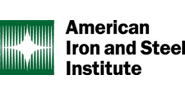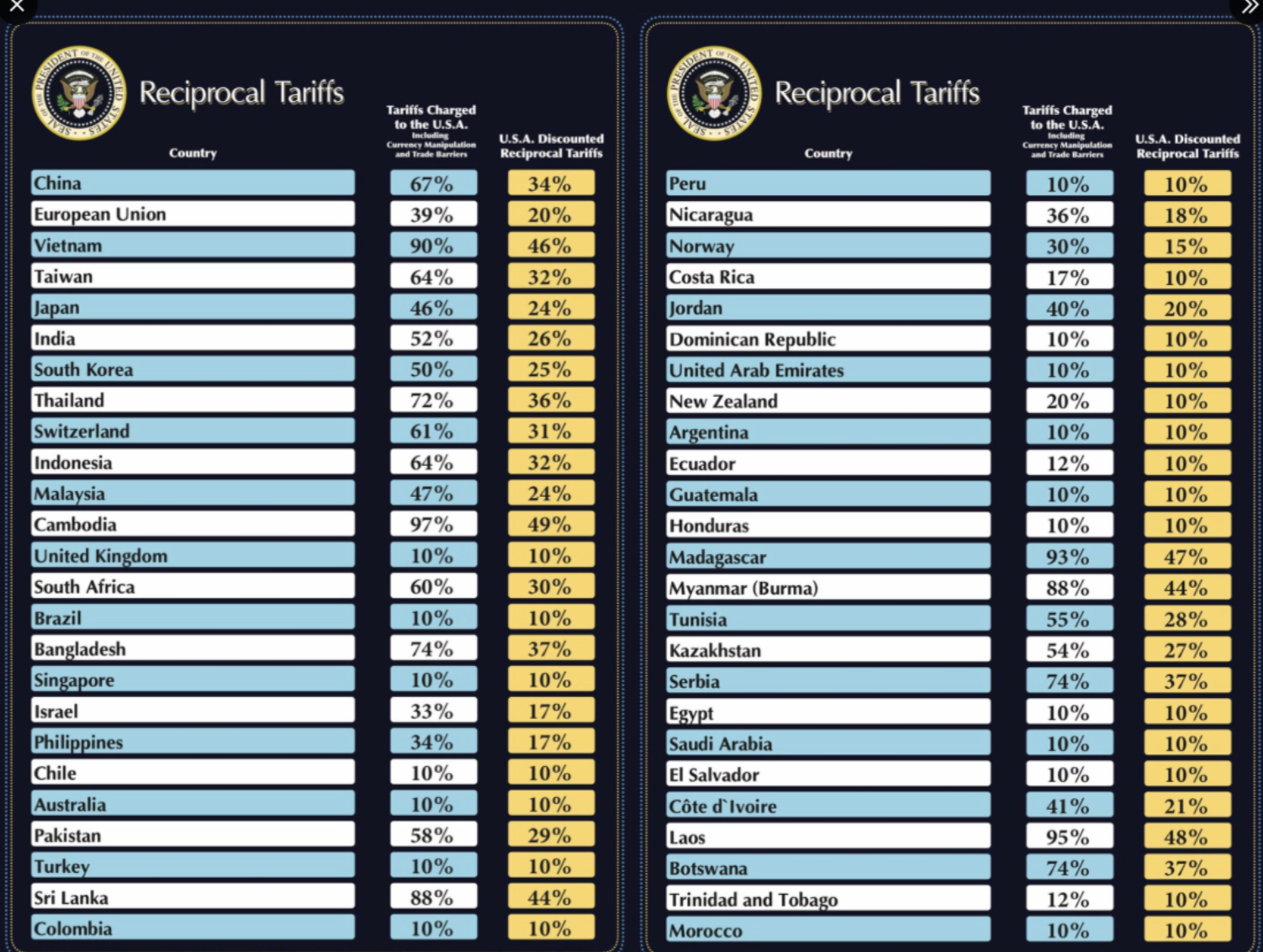Trade Cases

China Has Failed to Comply With WTO Commitments: AISI
Written by Ethan Bernard
September 22, 2023
The American Iron and Steel Institute (AISI) has laid out a case for China’s failure to comply with its World Trade Organization (WTO) obligations, which it joined in 2001.
“Despite more than two decades in which to make reforms, China continues to use massive subsidies and other forms of government support to build and maintain an enormous steel industry in violation of market principles and China’s WTO commitments,” AISI said in a 42-page document to the US Trade Representative (USTR) on Sept. 20.
The institute said “these comments particularly relate to import regulation, export regulation, internal policies affecting trade, intellectual property rights, and other WTO commitments.”
AISI said that in 2023 crude steel production in China is expected to exceed 1 billion metric tons for the fifth consecutive year. This is ~10 times the annual steel demand in the US.
“AISI strongly urges the Biden administration to take action to hold China accountable for its trade-distorting policies and practices,” the institute wrote. This can be accomplished by “reinforcing the trade actions taken by the previous administration.” These measures “aimed to counter China’s export-driven economic policies that adversely impact US steelmakers.”
The institute noted there is “a broad, international consensus, based on an overwhelming amount of evidence, that China has largely abandoned its policy of liberalizing its economy.” Instead, AISI said, China “continues to adhere to a policy of state capitalism that is antithetical to the principles of free and fair trade.”
AISI submitted the comments in response to a request from the Office of the USTR. They were given to the interagency Trade Policy Staff Committee (TPSC). View the full document here.

Ethan Bernard
Read more from Ethan BernardLatest in Trade Cases

Price on Trade: IEEPA tariffs head to the Supreme Court, DOJ ramps up trade enforcement
International trade law and policy remain a hot topic in Washington and beyond this week. We are paying special attention to the ongoing litigation of the president’s tariff policies and the administration’s efforts to heighten trade enforcement.

Mexico considers stiff tariffs for steel, autos, and other imports
Mexico is considering imposing steep tariffs on imports of steel, automobiles, and over 1,400 other products. Its target? Countries with which it does not have free trade agreements, mainly China, India, Thailand, and other South Asian nations.

Leibowitz: With ‘reciprocal’ tariffs struck down again in court, what happens next?
President Trump’s “reciprocal” tariffs under the International Emergency Economic Policy Act (IEEPA) were struck down again, this time on Aug. 29 by the Court of Appeals for the Federal Circuit (CAFC). The legal and policy mess continues, with the next stop being the US Supreme Court.

Market unfazed by US circuit court’s IEEPA decision
Repealing any reciprocal tariffs placed by President Donald Trump on US imports of direct reduced iron (DRI), iron ore, hot-briquetted iron (HBI), and pig iron would have only a nominal impact on the US steel market, market participants said.

ITC votes to keep HR duties after sunset review
The US government determined this week that hot-rolled steel imports from a handful of countries continue to threaten the domestic steel industry.
